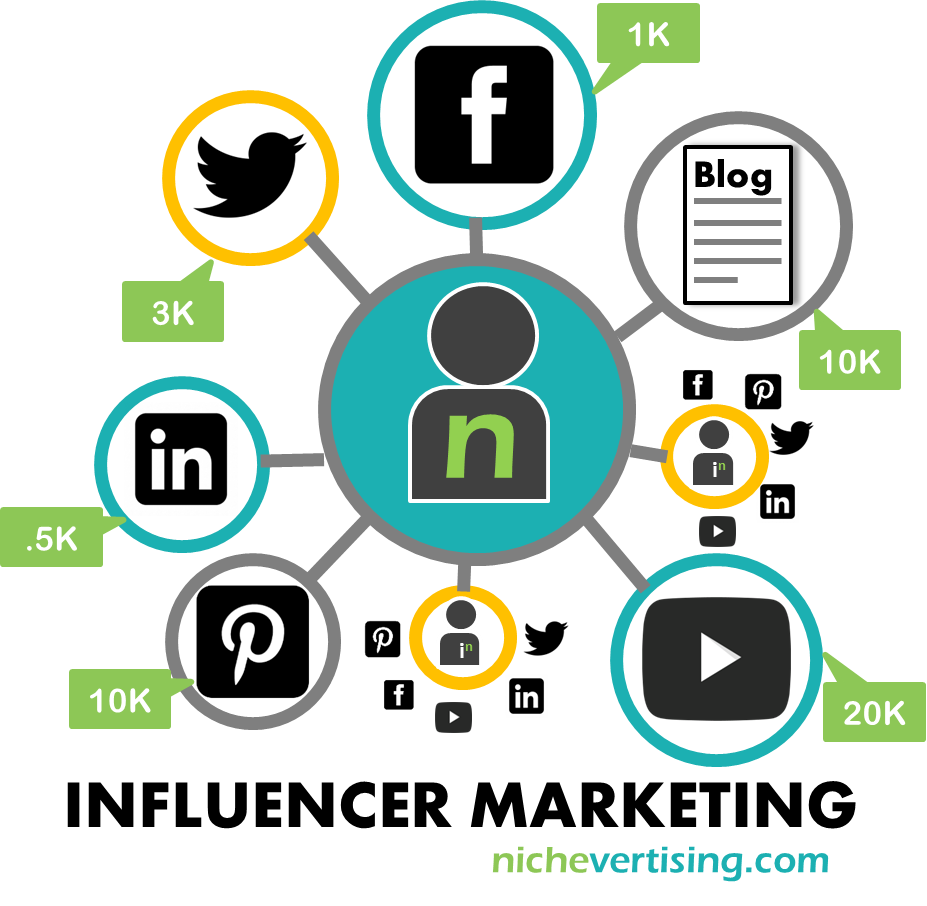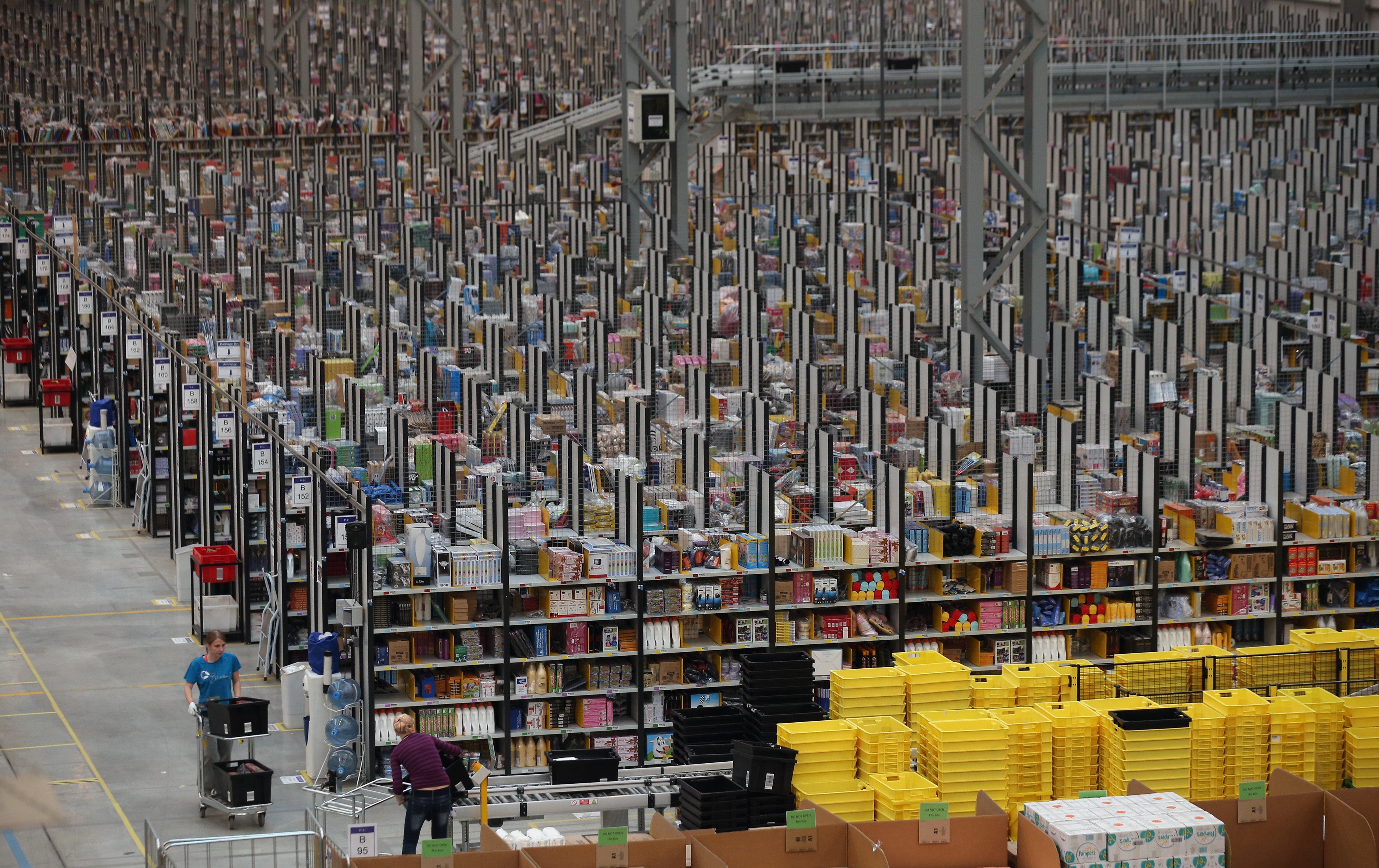It’s been said that there won’t be any sustainability in business until someone can make a case for them that makes financial sense. Of course, it also used to be the case that companies viewed their sustainability initiatives as side shows, and refused to invest the capital in them that they needed to really return actual results.

The same old adage applies in business as much as it does everywhere else, you get out what you put in. Ultimately, a business has to be willing to invest money into their sustainability programs, departments, or initiatives, or else the results will be minor or nonexistent.
Luckily, this outlook is starting to change. A recent article from The Guardian has discussed how money is no longer the “dirty word” it used to be in corporate sustainability. Companies like General Mills are spending upwards of $100 million on renewable energy and running an efficient company.
This seems like common sense. The more you invest in sustainability, in improving the lives of your workers, the more money you make, right? But it has taken a shockingly long time for business to come around to this, and many businesses still focus on minor CSR initiatives that are purely for image and not really about helping anyone.
The idea still exists that the way something has always been done is the best way, and that’s simply not the case anymore. The truth is business has an even more important role to play in shaping the future of the world, its peoples, and its environment. Millennials already expect the companies they work for to demonstrate care for the environment and social goals. Generation Z, the ones after us, expect companies to not only care about the environment, but to make decisions on profits factoring in environmental and social issues.

Once, a business could wait for government regulations or consumer pressure before making a decision. Today, the only way for a business to survive in a rapidly more competitive market is to outpace competitors and be able to provide more value to consumers, value that can often be added to by sustainable programs and demonstrating to consumers that all stakeholders are important and valued. Transparency, sustainability, and value are the keywords that will separate those that will survive and those that will not.











 in 2009 to have over 10,000
in 2009 to have over 10,000 states, the whole philosophy of an organization must be devoted to something, bottom to top, for authenticity and meaningful progress to be made. Surface-level environmental or social initiatives might do a bit of good, might raise a bit of awareness, but won’t get to roots of problems, and more importantly, might not make a bit of difference for those who cannot see the light.
states, the whole philosophy of an organization must be devoted to something, bottom to top, for authenticity and meaningful progress to be made. Surface-level environmental or social initiatives might do a bit of good, might raise a bit of awareness, but won’t get to roots of problems, and more importantly, might not make a bit of difference for those who cannot see the light.
